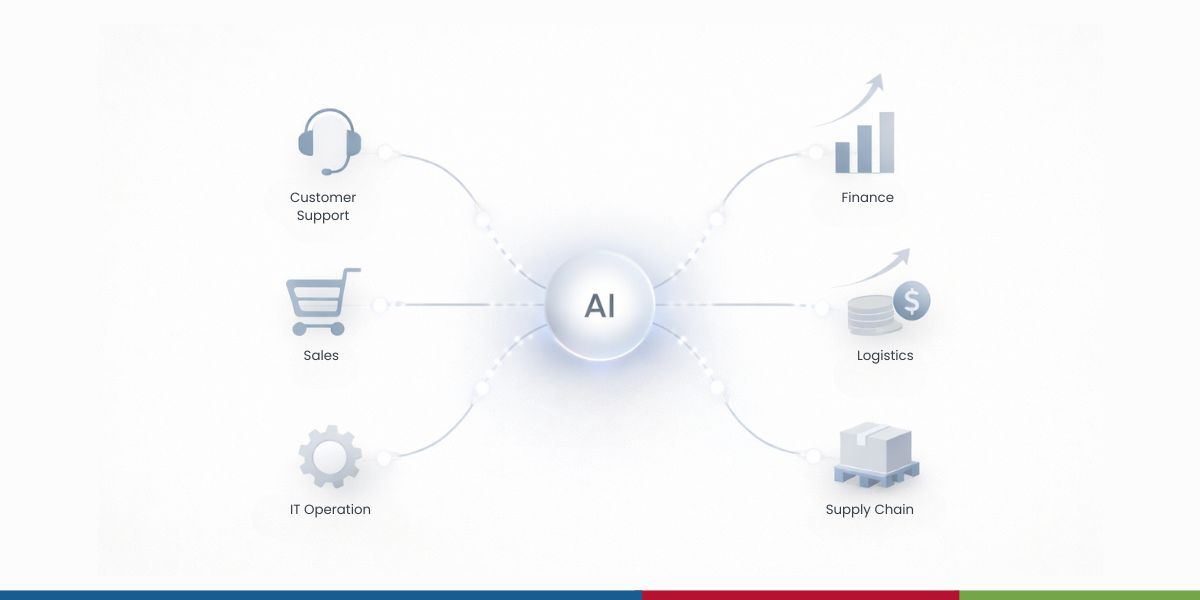The Crucial Role of Coding in 21st-Century Education

4 min read | By Postpublisher P | 10 October 2023 | Technology
In the ever-evolving landscape of the 21st century, technology has become an inseparable part of our lives. As we adapt to the digital era, coding emerges as a fundamental skill that holds immense importance for students, teachers, and parents. We are surrounded by technologies in every direction as a result of the digitalization of our world.
Today, coding is an essential skill that not only helps in communicating with machines but also helps in the overall software development of an individual. By teaching coding to children, you can help them in many ways. In this article, we are going to discuss what coding is and why it’s crucial in 21st-century education.
What is Coding?

Coding is just a set of instructions given to a computer to do what we want it to do, which involves typing in step-by-step commands for the computer to follow. It is used to create games, websites, apps, etc. In today’s digital world, every single digital application or website we use runs on coding functionalities. Coding has become very necessary in the 21st Century.
We learn and develop skills by trial and error. We need rationality and persistence to become good coders. Coding helps you explore the unknown facts of computer science. Coding helps learners develop essential skills such as creative thinking, critical thinking, problem-solving, and logical thinking.
Google has entered our lives. They are counting our pulse and breathing. Computers, computer programming, coding, artificial intelligence, and different apps make our lives as easy as they are complex. Computer programming is an essential ability for 21st-century learners to develop and excel in their personal and professional lives. Coding opens up new horizons for 21st-century students.
It is not an exaggeration to say that “Code is the language of the modern world”. Coding will be the language of 21st-century students. Coding provides ample opportunities for students and parents. Skilled people will get more opportunities in the AI-equipped 21st-century world. Just as we teach children to read and write, introducing them to coding at an early age fosters logical thinking, problem-solving abilities, and creativity. It equips them with the tools to actively understand and interact with the digital world.
Fostering Critical Thinking and Problem-Solving Skills with Coding
Coding challenges students to break complex problems into smaller, manageable tasks and solve them systematically. This process enhances critical thinking, analytical skills, and the ability to approach challenges from various angles. These problem-solving skills are transferable and applicable across different disciplines and real-life scenarios.
Also, coding offers a platform for students to unleash their creativity and transform ideas into reality. Through coding, students can develop interactive websites, mobile applications, games, and even art installations. By encouraging innovation, education cultivates future creators, entrepreneurs, and leaders in technology-driven industries.
Improving Computational Thinking with Digital Confidence
Coding teaches students how to structure problems and solutions systematically, improving their computational thinking skills. This way of thinking helps students excel in math and science, as it encourages them to think step-by-step and logically. As students develop coding skills and witness their projects come to life, they gain confidence in their abilities. This increase in self-efficacy translates to improved academic performance and a positive impact on other aspects of their lives.
The Role of Teachers in Promoting Coding Education
For coding to become an integral part of 21st-century education, the role of teachers is paramount. Educators should receive professional development and training to integrate coding into their teaching methods effectively. This way, they can confidently guide their students through coding challenges, inspire creativity, and foster a growth mindset towards technology. Teachers serve as mentors, nurturing students’ curiosity and guiding them in exploring various coding languages and projects.
Parental Support and Involvement in Promoting Coding Clubs and Extracurricular Activities
Parents play a vital role in supporting their children’s coding education. Encouraging their interest in coding, providing access to coding resources, and engaging in coding-related activities with them can be transformative. Parents should also understand the benefits of coding education, encouraging schools like Laurel to invest in coding programs and advocating for coding as a core component of the curriculum.
Apart from formal classroom instruction, schools can further promote coding education by establishing coding clubs and offering extracurricular coding activities. These initiatives create a space for students to collaborate, share ideas, and work on innovative coding projects outside the regular curriculum. Such clubs and activities also foster a sense of community and encourage students to explore coding beyond academic requirements.
By introducing coding education early on and promoting a culture of inclusivity, we can bridge the gender gap in learning coding. Schools and educators must actively encourage girls to participate in coding activities, inspiring them to pursue careers in technology and contributing their diverse perspectives to the industry.
The Future and Real-World Applications of Coding Education
Integrating real-world applications of coding into the curriculum enhances students’ understanding of its significance. For instance, students can develop projects that address societal challenges like environmental issues or healthcare solutions. By applying coding skills to solve real problems, students develop a sense of purpose and realize the potential impact of their technical expertise on the world. As technology continues to advance, coding education must evolve to keep pace with industry demands. Schools should adopt a forward-looking approach that focuses on teaching fundamental coding principles while adapting to emerging technologies. This adaptability ensures that students are well-prepared for the ever-changing landscape of technology.
Collaboration Between Education and Industry
Close collaboration between educational institutions and the tech industry is crucial. Industry professionals can provide valuable insights into the current job market and the skills required by employers. They can also mentor students and offer internship opportunities, giving students a taste of real-world coding experiences and preparing them for future careers.
Hence, understanding the impact of coding education needs implementation methods for measuring student progress and skill development. Assessment should not only focus on the mastery of specific coding languages but also on the development of critical thinking, problem-solving, and collaboration skills. Tracking the outcomes of coding education programs helps refine teaching approaches and ensure continuous improvement.
Conclusion
In conclusion, coding is not just a mere subject in education; it is an indispensable skill that empowers students to navigate and shape the future. Laurel schools prepare the next generation of innovators, critical thinkers, and problem solvers. Parents, teachers, and students must recognize the importance of coding as a fundamental literacy skill in the 21st century and ensure its integration into educational curricula.
Together, we can create a generation that confidently embraces technology, propelling society toward a brighter, tech-driven future. By promoting coding education, we lay the foundation for a generation that can navigate technology with confidence, contribute to innovation, and shape a brighter future for all. Together, let us embrace the power of coding to empower the leaders and problem solvers of tomorrow’s world.
The latest from our editors
Join over 150,000+ subscribers who get our best digital insights, strategies and tips delivered straight to their inbox.


